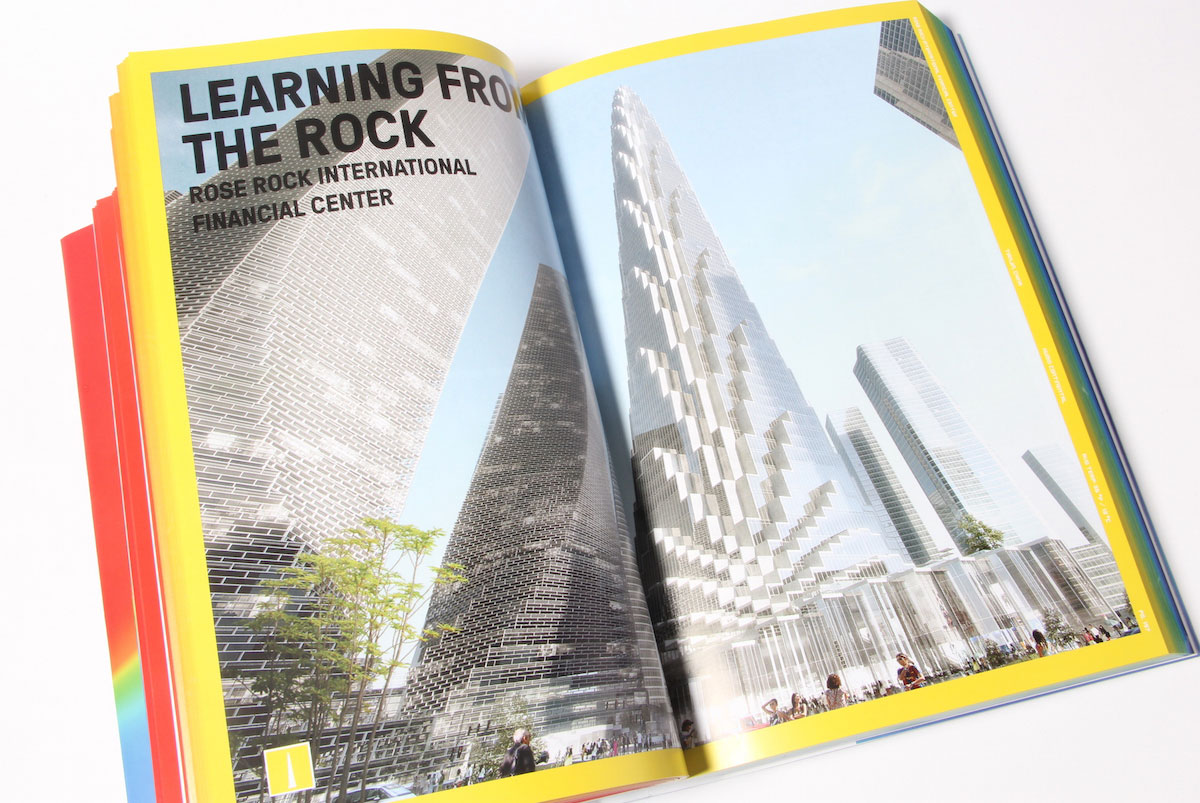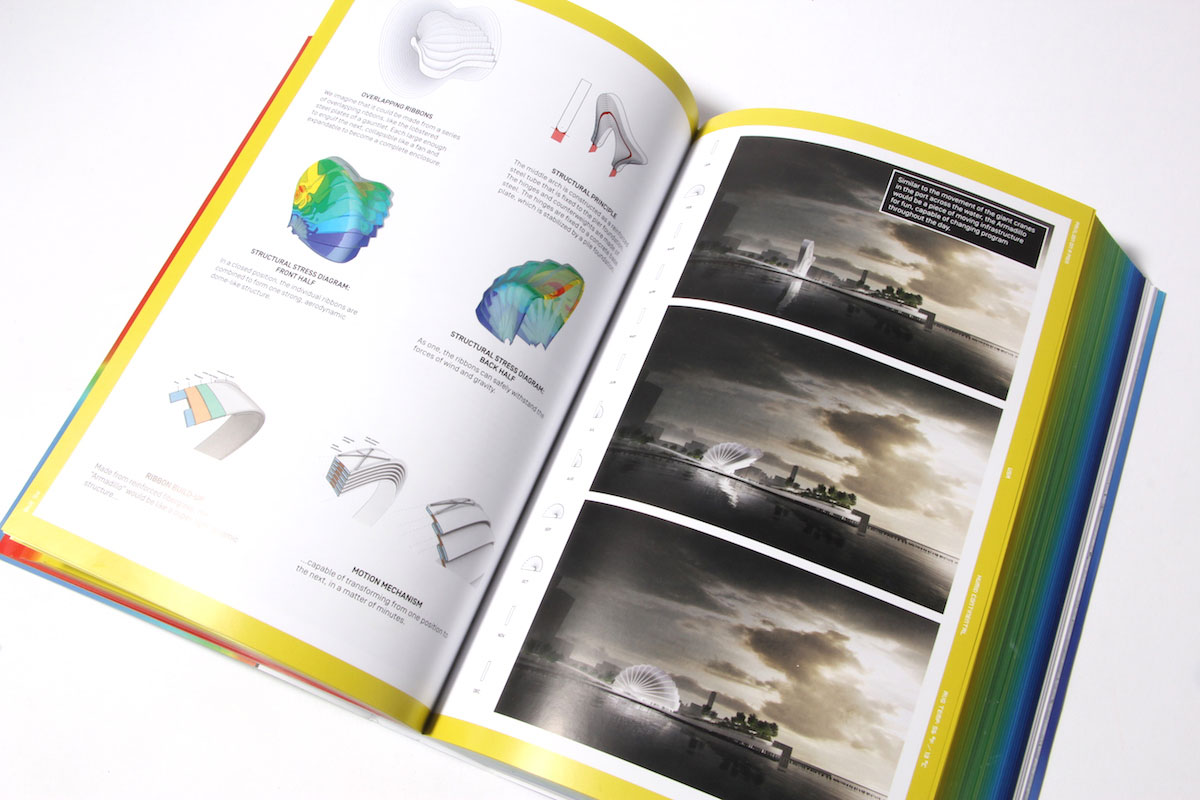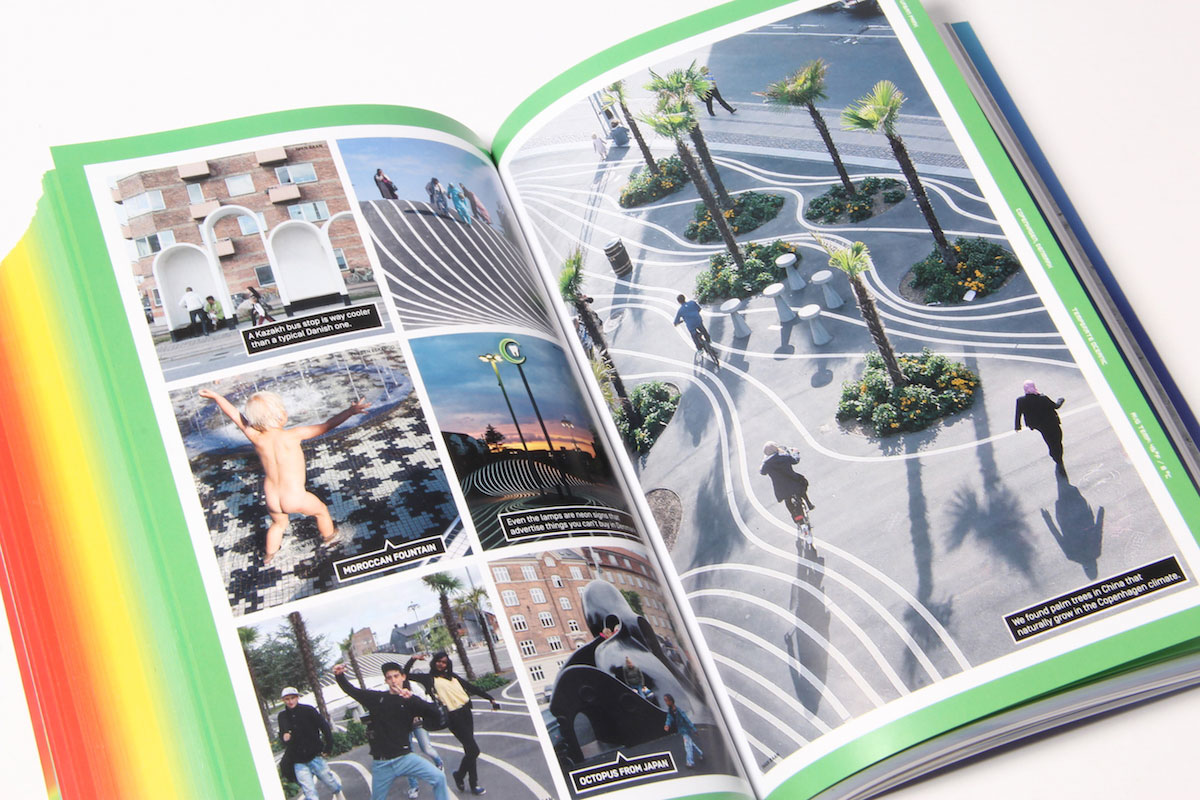BIG. HOT TO COLD Book
The Bjarke Ingels Group explores how architects and engineers can alter their concepts to respond to local climate and social needs


As anyone in NYC can attest, new construction in the city has tended toward the unimaginative, with boxy glass and steel condos popping up where elegant, conscious architecture once existed. Danish architect Bjarke Ingels of the eponymous Bjarke Ingels Group (BIG) attributes this trend to the lack of consideration of environmental factors and how they can be used to develop a building; depending instead on a “life support” system of air conditioning, central heating and electric lighting rather than engineering structures to take advantage of natural light and thermal conditions. “Suddenly a building was not performing anymore,” says Ingels, “it was reduced to a mere container of a container of space—a big blank box, tube-fed by a whole arsenal of machines.”

Now BIG has dedicated its newest book, “HOT TO COLD,” to the idea of adapting architectural design to respond to a structure’s native habitat. “Architecture is much more than designing pretty façades or expressive sculptures,” writes Ingels, “It is about creating man-made ecosystems, where we channel not only the flow of people, but also the flow of resources through our cities and buildings.” As the title suggests, “HOT TO COLD” explores how architects and engineers can acclimate their concepts to respond to local climate, moving from the desert cities in the Middle East, through the temperate regions of the US and Europe and finally to the most frigid urban populations in Finland and Denmark.

Filled with photographs, renderings and blueprints of BIG’s most intuitive architectural designs, the book is a spectacular visual study of the possibilities of region-specific architecture. Supplemented with Ingels’ insightful prose, the book tells the story of each structure by exploring its unique attributes while demonstrating how those attributes serve the city that surrounds it. BIG’s submission for the Kuala Lampur Landmark Tower, for instance, literally flips the skyscraper model on its head. By creating a building that gradually expands as it rises, the design not only allows more tenants to experience the greater views from higher floors, but also creates shade for the entire building, protecting it from the relentless Malaysian sun.

BIG’s latest title also reveals how architecture and urban planning can respond to social climate as well, which is especially true in milder parts of the world where design doesn’t need to mitigate the effects of climatic extremes. In 2006 for instance, Ingels was invited as part of a team to propose a project for his neighborhood in Copenhagen, which had just experienced the extreme riots now known as the Muhammad Cartoons Crisis. In response, Ingels and his team wanted to create an inclusive community that would help heal divisive wounds. So the team reached out to the public, asking them to propose elements that reminded them of their home countries. “By transforming public procedure into proactive proposition, we arrived at a park for the people, by the people,” Ingels says. The park became a global experience that included a plethora of worldly icons, from Armenian picnic tables to an octopus playground designed in Japan. The team even created a “red square” to recognize citizens from Communist countries.
While many of the projects throughout “HOT TO COLD” were never actually built, Ingels succeeds in exhibiting just how we can revolutionize the way we think about architecture. Instead of seeing a building as a storage unit for people, a design should be a conversation about the earth, its inhabitants and their needs.
“BIG. HOT TO COLD” launches 7 March 2015, and is currently available for pre-order.
Images by Gabriella Garcia












